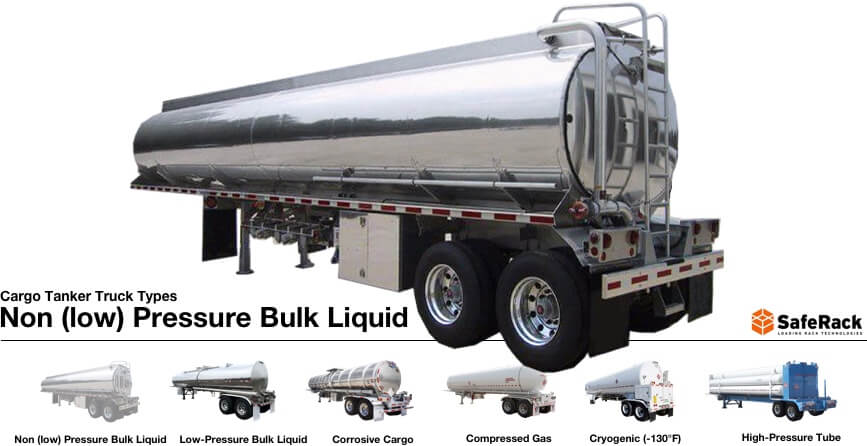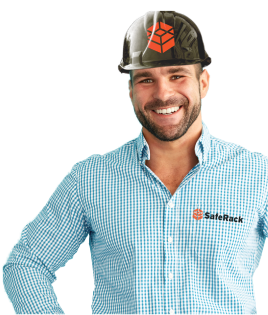MAWP is the highest internal pressure a vessel or cargo tank can operate at (at its design temperature), based on the weakest part of the finished tank (material, thickness, weld/joint efficiency, corrosion allowance, fittings, etc.). Think of it as the code-approved ceiling for regular operation.
- MAWP vs. design pressure: Design pressure is a target used during engineering; MAWP is what the built tank can legally handle after fabrication and inspection (often equal to or a bit above design pressure, but it’s the minimum of all controlling parts).
- MAWP vs. relief set pressure: Pressure-relief devices are set at or below MAWP so the tank vents before exceeding its allowed limit.
- MAWP vs. test pressure: Hydro/pneumatic tests are done above MAWP (by a specified factor) to prove integrity; you don’t operate there.
Why MAWP matters for truck tankers:
- It determines the pressure range, venting hardware, and loading/unloading practices you can use.
- Example: a DOT-406 fuel tanker is a low-pressure design—its MAWP is only a few psi—so it relies on venting and overfill controls rather than high structural pressure capacity.




